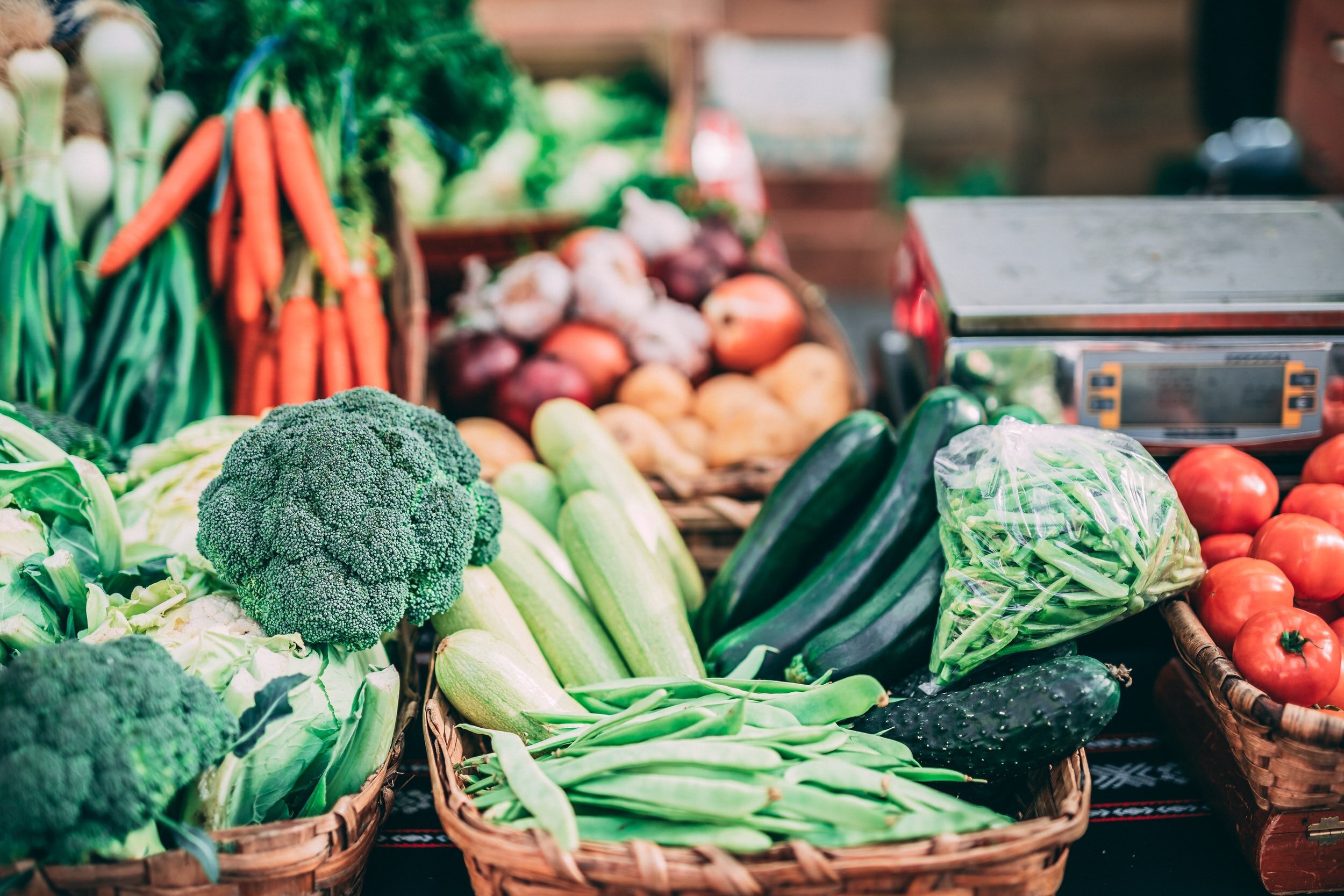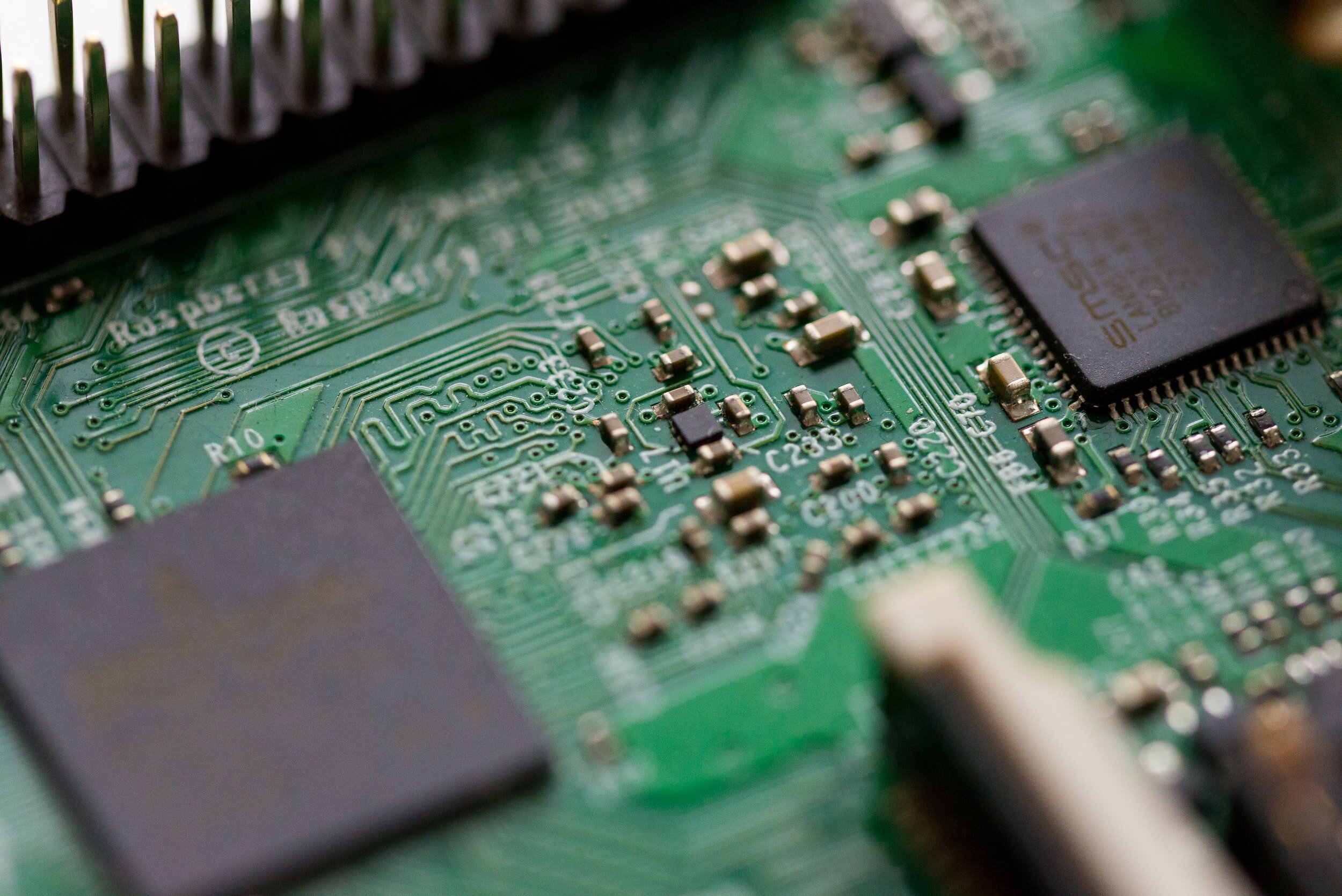Microfibres: How our clothes are polluting the Great Lakes
Microplastics have become a pervasive form of pollution in our bodies of water. They can be found close to home in our rivers and lakes, and they also pollute our oceans - even as far away as remote Arctic passages.
What are microplastics?
Microplastics are defined by National Geographic as “tiny plastic particles that result from both commercial product development and the breakdown of larger plastics”.
There are five main categories of microplastics: nurdles, plastic fragments, polystyrene, microbeads, and microfibres.
These categories of microplastics differ in composition and origin, but one thing remains consistent; all microplastics are smaller than 5mm in length.
Often, they are the result of larger pieces of plastic breaking down from exposure to the elements through chemical degradation, photodegradation, and biodegradation.
Other microplastics, like nurdles, are designed to be small to allow them to be moulded into new plastic items - but that’s a story for another time.
Today, we’re talking about microfibres, perhaps the most overlooked category of microplastics. Microfibres are tiny synthetic fibres, often originating from textiles and cigarette filters.
Scientists have estimated that textiles are responsible for approximately 35% of the microplastic pollution in the worlds’ oceans — 2.2 million tons to be exact—meaning it is the largest source of marine microplastic pollution.
Microfibres are shed from our clothing in every wash cycle, and our wastewater treatment plants are unable to fully filter all microplastics out of the water. The remaining microplastics find their way into streams, rivers, lakes, and oceans through runoff and atmospheric deposition.
What materials shed microfibres?
Textile degradation occurs when we wash our clothing, a lot of which is composed of synthetic fibres. These represent nearly 60% of the annual global consumption of fibres. The ubiquity of certain fabrics in our favourite athleisure wear, cozy fleeces, and stretch denim all contribute to the issue of marine pollution. Synthetic materials include:
Nylon
Polyester
Acrylic
Fleece
Elastane
How can we make a difference?
If you love lakes and other magnificent bodies of water as much as we do at A Greener Future, here are a few ways you can help reduce the circulation of microplastics in our water systems:
Buy an apparatus to use inside your washing machine to reduce the number of microfibres entering the water supply. These laundry balls and net bags can be found at many online eco shops.
Wash less. Fewer loads of laundry equals fewer opportunities for textile degradation.
Purchase fewer new clothes. New garments tend to shed more microplastics.
Opt for more natural fibre clothing in your wardrobe. These materials include wool, silk, organic cotton, and linen.
Swap out your microfibre cleaning cloths for cloths composed of biodegradable materials.
Connect a microfibre filter to your washing machine.
Even though it's a far-reaching issue, we can still do our part to mitigate plastic pollution. Register to volunteer with us at A Greener Future to help make an impact. Let’s save our lakes and oceans together!





















Blog Assistant